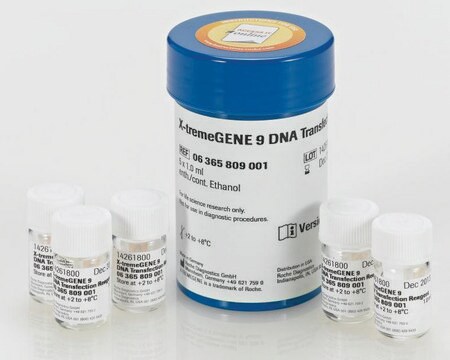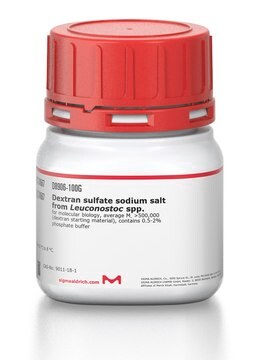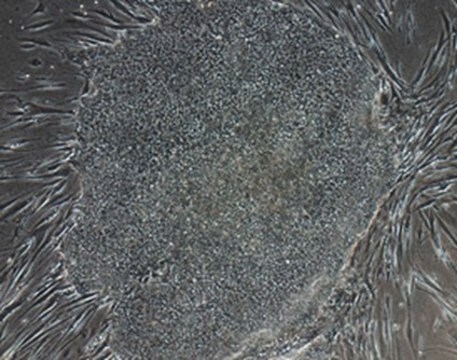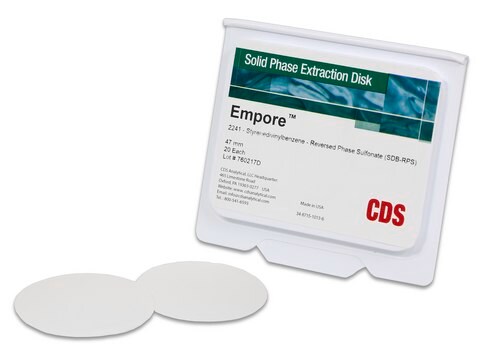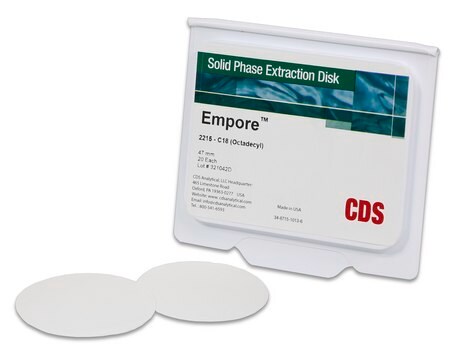70967
GeneJuice® Transfection Reagent
Non-lipid based chemical transfection reagent optimized for maximum transfection efficiency, ease-of-use, and minimal cytotoxicity on a wide variety of mammalian cells.
Synonym(s):
GeneJuice Transfection, Transfection Reagent
About This Item
Recommended Products
Quality Level
form
liquid
manufacturer/tradename
Novagen®
storage condition
OK to freeze
technique(s)
transfection: suitable
shipped in
wet ice
storage temp.
2-8°C
General description
Stuart Rulten. Research Fellow. University of Sussex
""Since we have been working with GeneJuice, we have saved a lot of time and money!""
Dr. Andrea Kress, Institute of Clinical and Molecular Virology, Erlangen, Germany
""I find that Genejuice works for a multitude of cell types with minimal optimization""
Caitriona Marie Lyons. PhD Student. University College Cork, Ireland
Transfection is the process by which nucleic acids are introduced into mammalian cells. GeneJuice Transfection Reagent is a proprietary formulation optimized for maximal transfection efficiency, ease of use, and minimal cytotoxicity for mammalian cells. Whereas many available transfection reagents are based on cationic lipid formulation, GeneJuice Transfection Reagent is composed of a nontoxic cellular protein and a small amount of a novel polyamine. GeneJuice Transfection Reagent enables highly efficient DNA transfer in both stable and transient transfections of eukaryotic cells and is ideal for high-throughput transfections in a multi-well plate format. The unique composition is compatible with both serum-containing and serum-free media, making media changes unnecessary during transfection experiments. Genejuice is a superior alternative to a wide variety of other techniques including calcium phosphate coprecipitation, electroporation, microinjection, biolistic particle delivery, lipofection, and complex formation with DEAE-dextran. The 1 ml size provides enough reagent to perform up to 500 transfections in standard 35 mm plates.
Cell lines transfected with GeneJuice® Transfection Reagent
| Cell Lines: | Primary Cells: | ||||
|---|---|---|---|---|---|
| 10T1/2 293T 3T3 NIH 3T3 Swiss 3T3-L1 A204 A431 A549 alpha TC1-6 AR 42J As4.1 AtT-20 B50 BC-1 BC-2 BC3 BCBL BHK-21 C3H/10T1/2 C6 C2C12 | Caco-2 Caki-1 Calpan-1 Calu-1 Calu-6 CCL-131 CFPAC-1 Chang Liver CHO CHO-7 CHO-IR CHO-K1 COS-1 COS-7 CS-1 CV-1 Daudi DDTI MF-2 DT40 ECV304 EL4 | ES-E14TG2a EVSCC17M H9c2 HCT-116 HEK293 HeLa HeLa B HeLa T4 Hep 3B2.1-7 HepG2 Hepa 1-6 Ht-29 HTB-37 HTB-45 Huh-7 HUVEC IC21 IEC-6 JEG-3 Jurkat KB | L57-3-11 L-6 L-929 MA-10 McA-RH7777 MCF-7 MCF-10-2A MDCK Melanocyte MG-63 Neuro 2A Neuroblastoma NRK NT2/D1 OV-1063 OVCAR3 P4 P19 PC12 PA317 PAM212 | PS-1 R2C RAW 264.7 RBL-2H3 RMP-41 SAOS-2 SC-1 Schneider line2 SK-N-MC SK-N-SH SKOV3 STO SW-480 SW-837 T3M4 TM4 U937 UCD Vero | Aortic smooth muscle cells Astrocytes Angioblasts Chondrocytes Chromaffin cells Epithelial cells: mammary prostate tracheal Fibroblasts Keratinocytes |
Features and Benefits
- Highly efficient DNA transfer for both stable and transient transfections
- Compatibility with both serum-containing and serum-free media
- Simple protocolno need for media changes
- Ideal for high-throughput transfection in a multi-well plate format
- Ideal for retrovirus production for T-cell transduction
- Works for a multitude of cell types with minimal optimization
- Provides higher transfection efficiency and lower cytotoxicity than reagents from other suppliers
- The 1 ml size provides enough reagent to perform up to 500 transfections in standard 35 mm plates
Warning
Preparation Note
Other Notes
Legal Information
Signal Word
Danger
Hazard Statements
Precautionary Statements
Hazard Classifications
Eye Irrit. 2 - Flam. Liq. 2
Storage Class Code
3 - Flammable liquids
WGK
WGK 1
Flash Point(F)
67.1 °F - Information taken from reference works and the literature.
Flash Point(C)
19.5 °C - Information taken from reference works and the literature.
Certificates of Analysis (COA)
Search for Certificates of Analysis (COA) by entering the products Lot/Batch Number. Lot and Batch Numbers can be found on a product’s label following the words ‘Lot’ or ‘Batch’.
Already Own This Product?
Find documentation for the products that you have recently purchased in the Document Library.
Customers Also Viewed
Related Content
Major technological advances have made the production of monoclonal antibodies quicker and more efficient. There are three established platforms for antibody discovery. We offer reagents for production of monoclonal antibody libraries using each of these techniques.
Our team of scientists has experience in all areas of research including Life Science, Material Science, Chemical Synthesis, Chromatography, Analytical and many others.
Contact Technical Service

